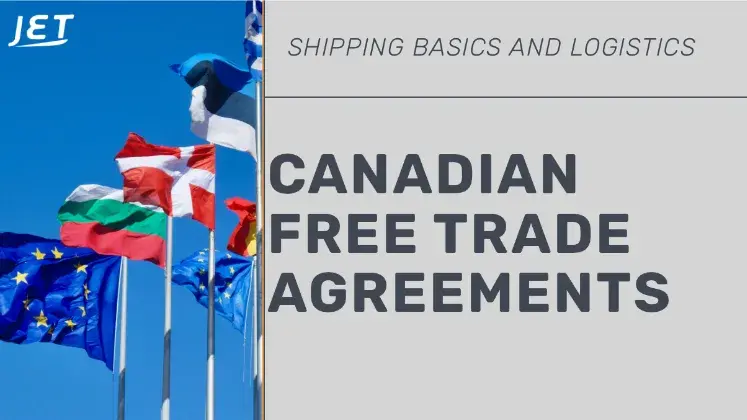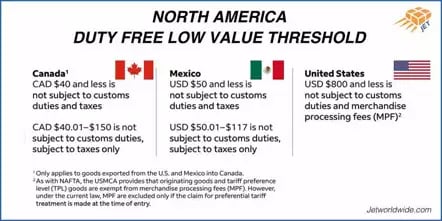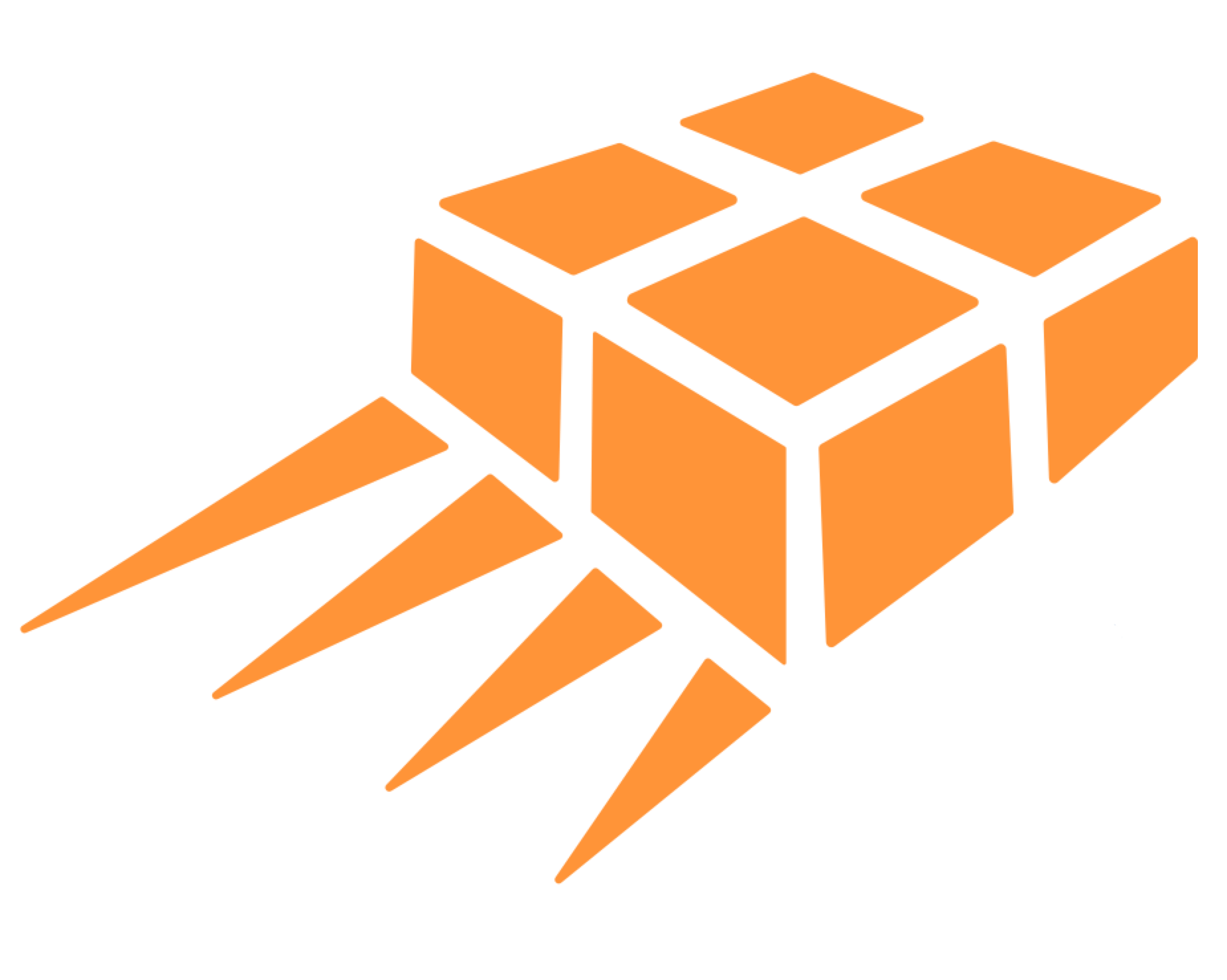
Verify Global Duty Free Access via Canada's Free Trade Agreements
Unlock duty-free shipping with Canada’s expanding network of free trade agreements (FTAs) — including USMCA/CUSMA, CETA, CPTPP, KCFTA, and more. This guide explains who qualifies, how rules of origin work, what proof is needed, and the logistics steps to keep your cross-border parcels, pallets, and containers moving smoothly.

Most-Favoured-Nation (MFN) tariff rates apply to many imports where FTAs don’t. When goods do meet the rules of origin under an FTA, they can often clear at 0% duty — a major pricing advantage for exporters and online sellers.
FTA Momentum: Why It Matters Now
- CPTPP: Trade growth of 30%+ since entering into force
- CETA (EU): 50%+ growth in bilateral trade across the last decade
- South Korea (KCFTA): ~100% trade growth since signing
- Latin America: Nearly 300% trade growth over the last decade
Low-value duty-relief thresholds to the EU, UK, Australia, and Mexico particularly benefit direct-to-consumer (DTC) e-commerce. Many shippers are still unaware their products can qualify for preferential entry — often without a stand-alone certificate of origin.
Canadian Free Trade with the World’s Largest Economies
Canada has FTAs with the USA and Mexico (USMCA/CUSMA/T-MEC), 27 EU countries (CETA), 10 Asia-Pacific economies (CPTPP), and South Korea (KCFTA) — plus EFTA and others. These agreements increase competitiveness, expand procurement access, and make market rules clearer for SMEs and e-commerce sellers.
North American agreement between USA, Canada and Mexico. Also known as CUSMA and T-Mec.
Free Trade between Canada and the European Union.
Free Trade Agreement between Canada 10 other countries:
Australia, Brunei Darussalam, Chile, Japan, Malaysia, Mexico, Peru, New Zealand, Singapore Vietnam and the UK.
Note: Shipments between Mexico and Canada can choose CUSMA or CPTPP.
The UK-Canada Trade Continuity Agreement is a free trade agreement between the United Kingdom and Canada. Both countries are also part of the CPTPP Free Trade Agreement.
Canada's other major free trade agreements include:
- Chile
- Colombia
- Costa Rica
- Honduras
- Iceland, Liechtenstein, Norway and Switzerland (EFTA)
- Panama
- Peru
- Israel
- Jordan
- Korea
- Indonesia (2025)
Tabs are an effective way to organize information on a website page when there is a large amount of content that needs to be separated into distinct categories. Label your tabs with one or two words that define each category of information.
When styling your tabs, highlight the selected tab by giving it a color that differs from your unselected tabs, so that it's easy for your visitors to navigate.
- Competitiveness: Preferential duties (often 0%), simpler market entry.
- Growth: Access new customers & government tenders.
- Predictability: Clearer standards and trade facilitation measures.
- Services: Improved access for Canadian service providers.
Related Resources

- Commercial invoice for international shipping
- Declared value, CIF & valuation
- When to include a certificate of origin
- What is an HS code? Tariff classification basics
- Canada importer registration for CARM
- Canada export declaration (CERS): B13A
- What is a bill of lading or waybill?
- Shipping via ocean freight to and from Canada
Disclaimer: Jet Worldwide content is for general information only. Verify with official regulations and your customs broker/importer of record.
Preferential Duty — Even for Small Shipments
- For imports to Canada ≤ CA$3,300, origin declaration requirements are simplified (record-keeping still applies).
- Many FTAs do not require a stand-alone certificate: a proper origin statement on a commercial document (often the invoice) can suffice.
- Ask Jet’s team about duty-free DTC programs to the EU, UK, Japan, Australia/New Zealand, and CPTPP markets.
Preferential Tariffs for Developing Countries
Canada maintains preference programs supporting developing economies:
- GPT — General Preferential Tariff
- LDCT — Least Developed Country Tariff
- CCCT — Commonwealth Caribbean Country Tariff
Reading Canadian Tariff Preference Codes
- MFN — Most-Favoured-Nation (standard rates)
- UST — USA (USMCA/CUSMA)
- MXT — Mexico (USMCA/CUSMA and CPTPP)
- UKT — UK (CUKTCA)
- CEUT — European Union (CETA)
- CPTPT — CPTPP members (Asia-Pacific)
- KRT — Korea (KCFTA)

CETA Rules of Origin (EU ↔ Canada)
To access CETA’s 0% duty, goods must be originating in the EU or Canada — not merely shipped from there. Qualification routes:
- Change in Tariff Classification (CTC): Sufficient transformation results in a new HS heading/subheading.
- Regional Value Content (RVC): A minimum percentage of value added in the EU/Canada.
Sector-specific rules (e.g., textiles, automotive, chemicals) may apply. Learn how duty is calculated.
When Is Proof of Origin Needed?
For Canadian imports not exceeding CA$3,300, proof may not be required at the time of import — but importers must keep records. Above that value (and in many other situations), provide an origin declaration on a commercial document or (where still required) a certificate of origin.
Read more: Understanding a certificate of origin

Rules of Origin: Core Concepts (All FTAs)
- Wholly obtained or produced entirely
- Substantial transformation (incl. specific processing rules)
- CTC — Change in tariff classification
- RVC — Regional value content thresholds
- Cumulation — Counting value from other FTA members
- De minimis — Limited non-originating inputs permitted
- Traceability & verification — Documentation and audit readiness
Simply shipping from an FTA country does not confer origin. Origin relates to where the product was made or sufficiently transformed.
Reference: CBSA – Origin of Goods
Customs Data for Online Orders
- HS code: Ensure internal mastery even if not printed on the label. See: HS Codes for Cross-Border Online Shipments and Tariff classification basics.
- Valuation: Typically the transaction value; understand CIF and adjustments. Declared value & CIF.
- Restrictions: Identify any controlled goods before listing/fulfilment.
- Origin: Maintain evidence; add origin statements where eligible.
- VAT/GST: Even duty-free goods are usually taxable in destination markets (e.g., EU, UK, AU/NZ).
When Canada Has More Than One FTA with a Country
- Chile: CCFTA - CPTPP
- Peru: CPFTA - CPTPP
- Mexico: CUSMA/T-MEC -CPTPP
While importers can choose which FTA to apply, they are bound by the entire agreement.In other words, you cannot cherry pick different aspects of each agreement.
Shipping Terms and Valuation (EXW/DAP/DDP/CIF)
The default for many international B2C shipments is DAP/DDU (receiver pays import charges). Shippers can also use DDP to prepay duties/taxes — but note that VAT/GST may be recoverable by the importer, so prepaying could reduce their recoverability.
Understand CIF (Cost + Insurance + Freight) basis for customs valuation. Learn more: Declared value & CIF and Incoterms explained.
CUSMA/USMCA: Shipping Between USA, Canada, and Mexico
- Courier consignments from US/MX to Canada: CA$40 duty- and tax-free threshold
- Most courier consignments: duty-free up to CA$150 (tax still applies)
- Simplified certification for values ≤ CA$3,300

Sample statement: “I hereby certify that the goods in this shipment qualify as originating for the purposes of preferential tariff treatment under USMCA/T-MEC/CUSMA.”
Postal vs. courier thresholds differ (e.g., postal de minimis: CA$20). See Canadian import fees.
EFTA and New Agreements (e.g., CEPA with Indonesia)
EFTA includes Iceland, Liechtenstein, Norway, and Switzerland. The EFTA–Canada FTA enables preferential duty treatment for qualifying goods.
Canada–Indonesia CEPA is among the newest frameworks, targeting tariff reductions across food, electronics, chemicals, machinery, metals, and more — supporting one of Canada’s largest Southeast Asian trade lanes.
Shipping Modes and When Is It Best To Use Them
- Air freight: Fastest; good for high-value or urgent cargo
- Sea freight: Best for large commercial orders/containers (LCL/FCL)
- Couriers: FedEx/UPS/DHL for parcels and time-definite
- Trucking/Rail: Cross-border North America networks
- Postal: Best for personal items and small parcels
Compare quotes and transit times, and always align with origin eligibility and documentation.
CBSA CARM: Mandatory for Canadian Importers
All commercial importers should register in CARM, assign a customs broker, and set up a surety bond (or deposit). Even when shipping from FTA partners, you need a valid importer number and CARM profile. Learn more: CARM guide.





